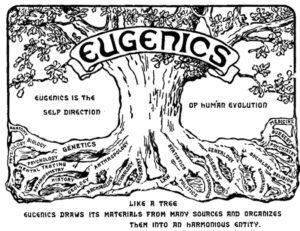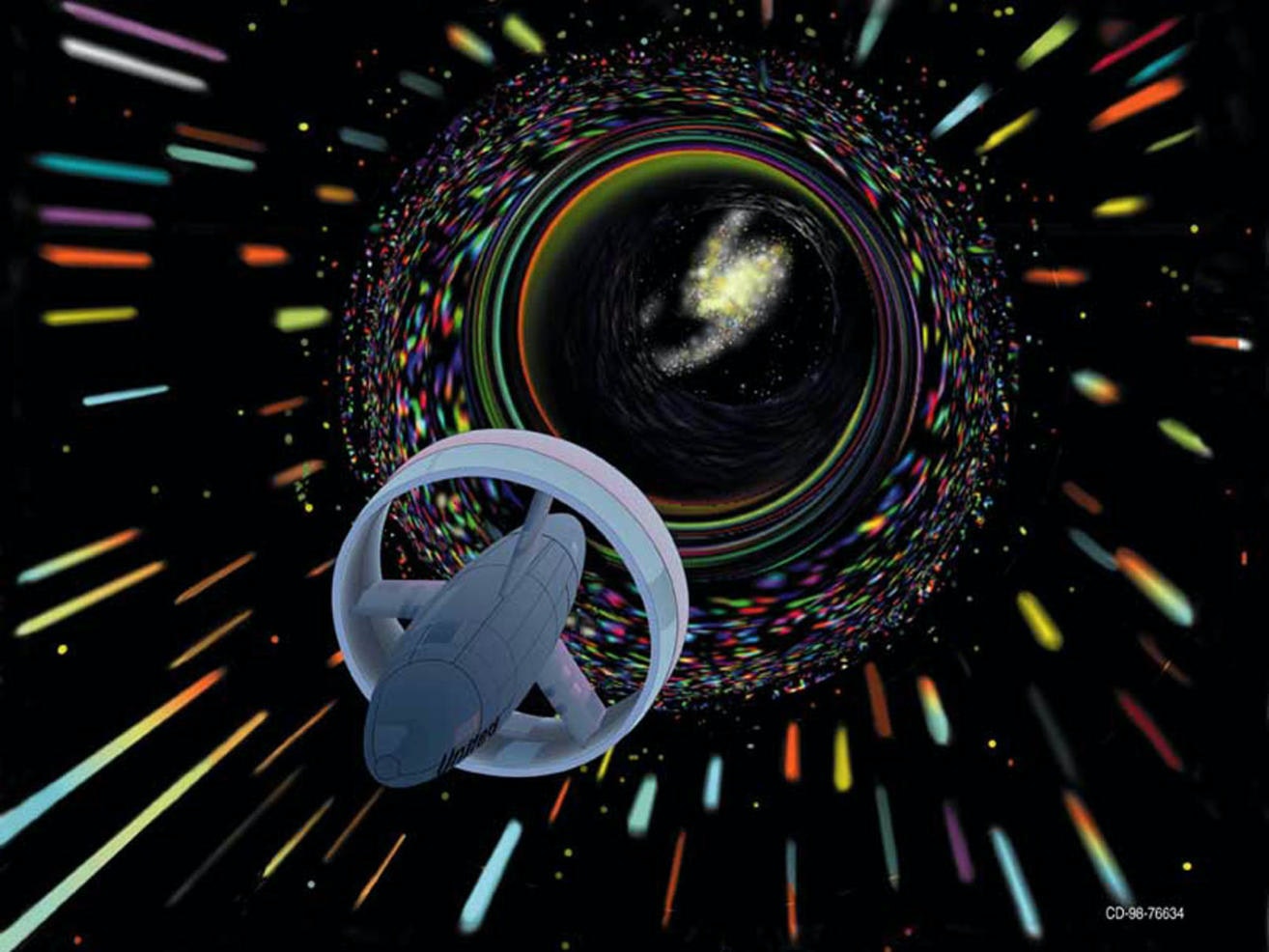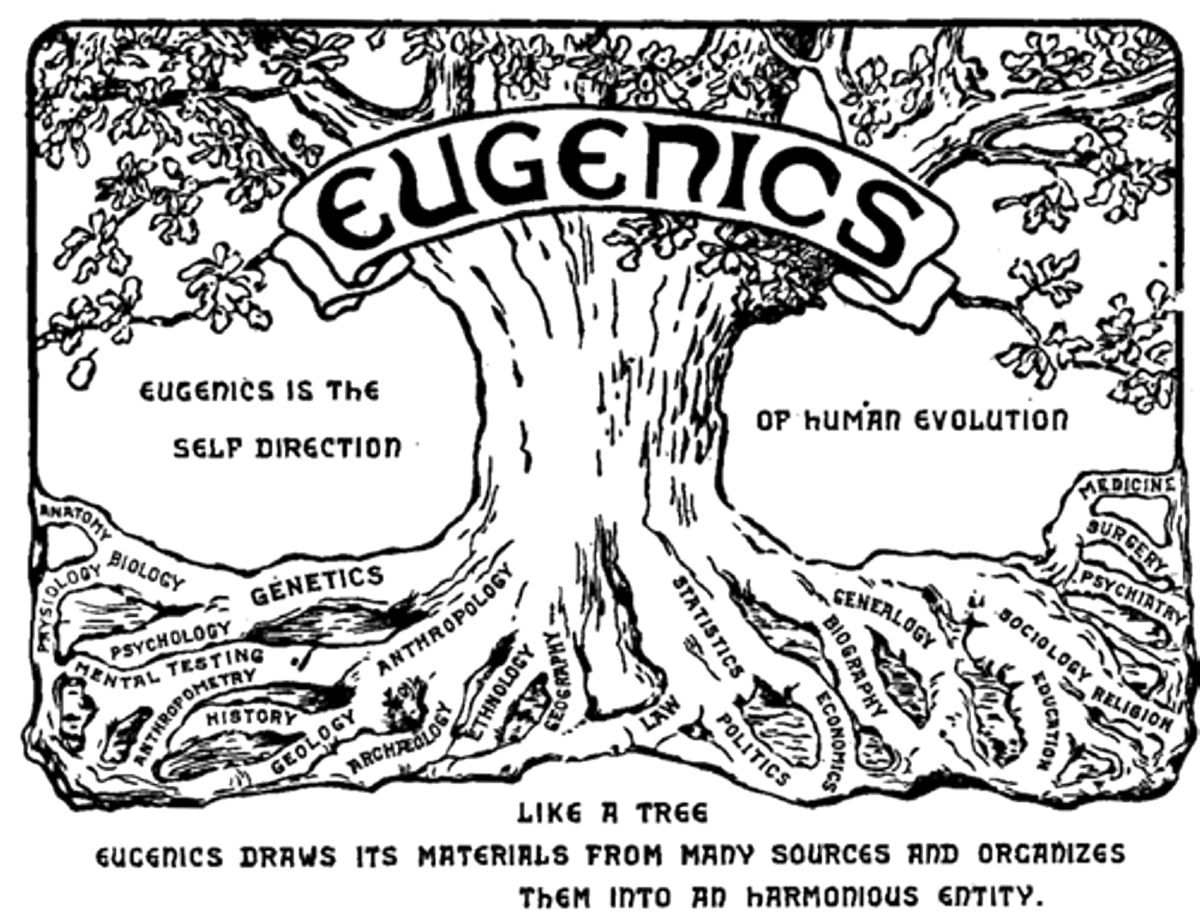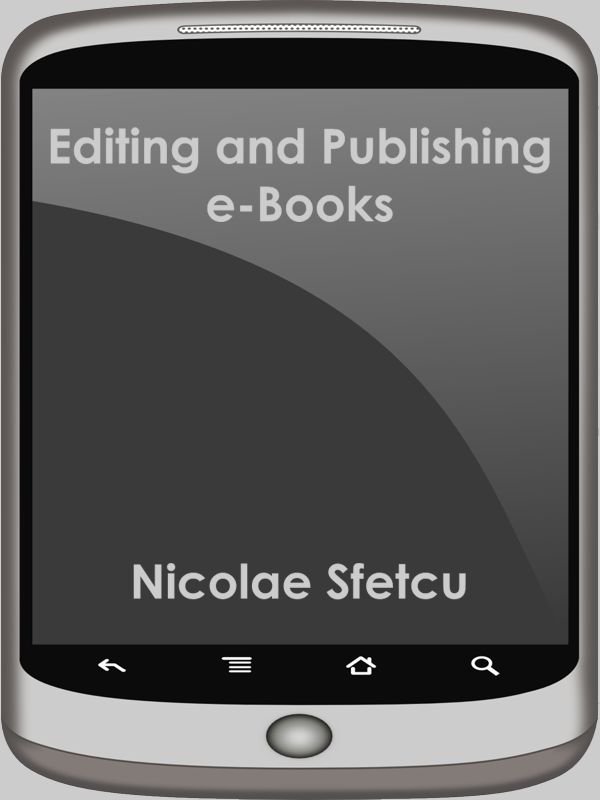(William Blake, Europe a Prophecy, etching and watercolor, 23.4 × 16.9 cm, 1794, London, British Museum.) God (inherited from the Latin deus, itself from an Indo-European root * deiwos, “a divinity”, from the base *dei-, “glow, shine”) designates a supreme … Read More
Time Travel
Time travel is a recognized concept in philosophy and science, but whose scope is highly disputed, giving rise to numerous paradoxes in both philosophy and science. Time travel is considered by some accepted both in general relativity and quantum mechanics, but there is a unanimous consensus that it is not feasible with current technology. (Hawkins 2010) The raised issues are different for the time travel in the past compared to the time travel in the future.
DOI: 10.13140/RG.2.2.29776.76804
The development of Confucianism until its official recognition
The main disciples of the master are called the Twelve Philosophers and revered in Confucian temples. When Confucianism becomes official doctrine for the recruitment of civil servants under the previous Han, we can already distinguish different currents. Thereafter, two thousand … Read More
The post The development of Confucianism until its official recognition appeared first on SetThings.
Eugenics
 The main concern of the first eugenists, such as Karl Pearson and Walter Weldon of University College London , were the perceived intelligence factors considered to be correlated with the social class. In his speech “Darwinism, Medical Progress and Eugenics”, Karl Pearson equates eugenics with a field of medicine. Some areas of medicine that are not commonly recognized as eugenic affect the human genes background. These include sterilization and surgical techniques that allow the functioning of reproductive organs. Even medicines that do not directly involve reproductive organs can alter the gene pool. Genetic abnormalities in such individuals are thus duplicated, modifying the genetic background. On this basis, such practices are widely accepted as more radical eugenic processes.
The main concern of the first eugenists, such as Karl Pearson and Walter Weldon of University College London , were the perceived intelligence factors considered to be correlated with the social class. In his speech “Darwinism, Medical Progress and Eugenics”, Karl Pearson equates eugenics with a field of medicine. Some areas of medicine that are not commonly recognized as eugenic affect the human genes background. These include sterilization and surgical techniques that allow the functioning of reproductive organs. Even medicines that do not directly involve reproductive organs can alter the gene pool. Genetic abnormalities in such individuals are thus duplicated, modifying the genetic background. On this basis, such practices are widely accepted as more radical eugenic processes.
DOI: 10.13140/RG.2.2.29167.28326/1
Book publishing
(Printer working an early Gutenberg letterpress from the 15th century. (1877 engraving)) Publishing consists in presenting, reproducing, then legally marketing the intellectual production of an author. Publishing, in the broad sense, covers all forms of content production: literary, scientific, musical … Read More
The post Book publishing appeared first on SetThings.
Conceptualism
Conceptualism is a philosophical theory that a concept (general or abstract idea) is a mental object, and only that. A concept (idea of pink, red) is distinct from the things to which it can apply (a concrete red rose), which … Read More
The post Conceptualism appeared first on SetThings.
Two possible approaches of the philosophy of language
(Parmenides, detail from The School of Athens by Raphael. “You cannot know what is not, you cannot grasp or express it; for thought and being are the same thing. (Parmenides).) In general, there are two possible approaches to the problem … Read More
The post Two possible approaches of the philosophy of language appeared first on SetThings.
Ibero-Romance Languages
Castilian Spanish / Catalan / Galician / Portuguese Castilian: has y as a single word — frequent use of final –d Catalan: has i as a single word — frequent use of final –t Catalan is the official language of … Read More
The post Ibero-Romance Languages appeared first on SetThings.
Medieval philosophy
Medieval philosophy is the set of works and philosophical currents developed during the Middle Ages in a slightly larger geographic area than that of the Hellenistic and Roman world of Antiquity, and in which Judaism, Christianity and Islam were developed. … Read More
The post Medieval philosophy appeared first on SetThings.
Editing and Publishing e-Books
 You wrote a book. Very nice. But you didn’t write to keep it for you. You should publish it. The problem is that the publishers charge high prices for some authors pockets, and do it objectively, due to the high cost of printing.
You wrote a book. Very nice. But you didn’t write to keep it for you. You should publish it. The problem is that the publishers charge high prices for some authors pockets, and do it objectively, due to the high cost of printing.
But you allowed that luxury, and now you have a printed book, with you as the author. You can keep hundreds or thousands of volumes in your personal library and give it as a gift to your friends in special occasions, or try to distribute in various libraries. You managed to distribute it, the book is beautifully placed in shelves. In time, dust is spread on covers. After a while, the book is withdrawn. It remains to use it as decoration at home, or support for various household items.
But lucky for you, there is an alternative, cheaper and more effective, in selling your book: e-Books!
e-Book and online publishing market has evolved rapidly in recent years, and a lot of companies have entered this market, as publishers, online bookstores, or promoting e-books.
CONTENTS:
Books
– The Book Science
– Book chain
– – Creation
– – Production
– – Marketing
– – Other forms of secondary spread
– – Evolution of the book industry
– Book economics
– – Descriptive elements
– – – Reading and editing
– – – The Book market
– – Writing and editing books
– – – An endless supply of writers?
– – – Publishing contracts
– – Book market theory
– – – Differentiated products with uncertain prospects
– – – Booksellers, prescribers and word of mouth
Editing
– Calibre
– – Management of one or more libraries
– – – Structure
– – – User Interface
– – – Virtual or separate libraries
– – e-Book conversion to various digital formats
– – Synchronization with e-readers and other e-book reading devices
– – – Managed e-readers
– – Downloading articles from the web and publishing as a digital book
– – e-Reader
– – Content server for online access to its collection of books
– – Calibre and DRM
– iBooks Author
– Sigil
Publishing
– Book publishing
– Book manufacturing and trade
– – Creation
– – From the author to the publisher
– – From the publisher to the printer
– – Printing
– – Marketing
– Intellectual activity
– Publishing houses
– Vanity press
– – Commercial service
– – Conditions
– Small press
– – Definitions
– – – Pragmatic definition
– – – Independent publishers facing the majors publishers
– – – Proposals to reform the publishing industry
– Self-publishing
– – Stages of publication
– – Market
– Print on demand
– – Benefits
– – Applications
– – Dedicated machines
Electronic publishing
– Network edition
– The web content
– Print on demand
– Free license vs. proprietary license
– Project Gutenberg
– The digital edition
– The “ideal” characteristics of the electronic text
– – Readability
– – Maneuverability
– – Quotability
– – Localization
– – Impacts
– COUNTER
– Open access
– – Authors and researchers
e-Books
– Advantages and disadvantages
– – Maneuverability
– – Accessibility
– – Independence of the reading device
– – Risks
– History
– Digital Rights Management (DRM)
– – Watermarking
– – Free books
e-Book formats
– EPUB
– – Concept
– – Reading material
– – – eReaders
– – – Smartphones and tablets
– – Software
– – – EPUB Managers
– – – EPUB Readers
– – – EPUB Editors
– – – Word processing and desktop publishing software exporting to EPUB
– – – EPUB Converters
– MP3 files
– – Uses
– – Utilizations
– PDF documents (Portable Document Format)
– Word DOC documents
– – Alternatives
– ZIP files
– – Decompression programs
– – Tips
e-Readers
– History of e-book readers
– e-Book reader specifications
– e-Books or paper book?
– – Benefits
– – Disadvantages
– Environmental impact
– Amazon Kindle
– – Description and features
– iBooks
– – Presentation
– – Installation
– – Operation
– – Formats
– Nook
– – Technical specifications
– Scribd
– – Supported formats
– – Products and features
Quotes
References
Abouth the author
– Nicolae Sfetcu
– – By the same author
– – Contact
Publishing House
– MultiMedia Publishing
MultiMedia Publishing: https://www.telework.ro/en/e-books/editing-publishing-e-books/


